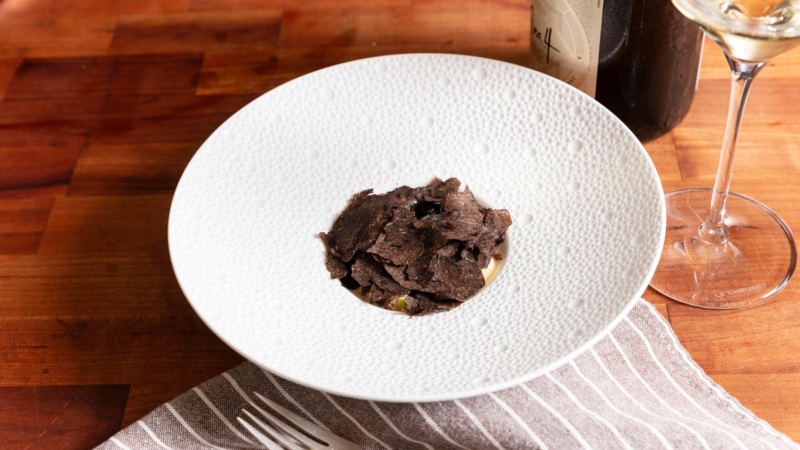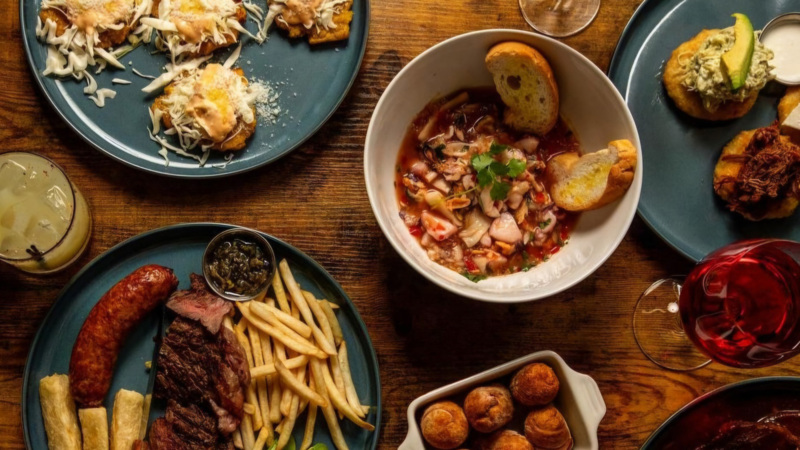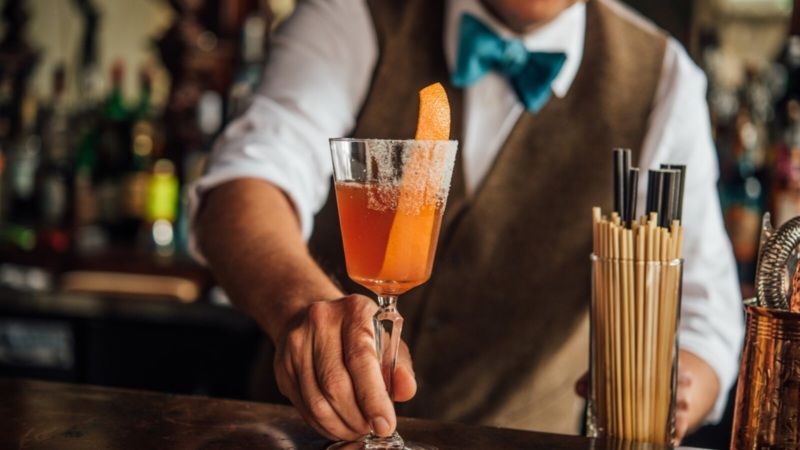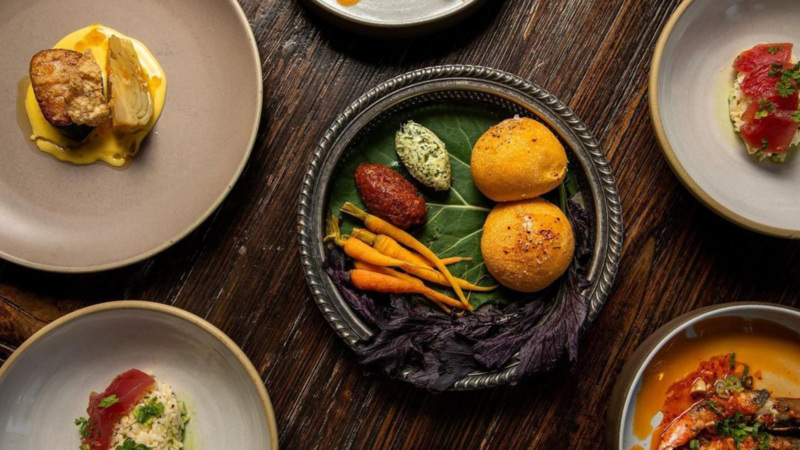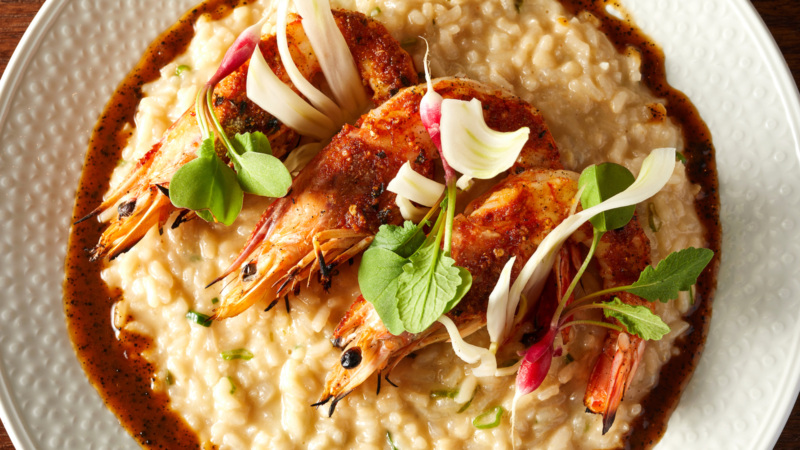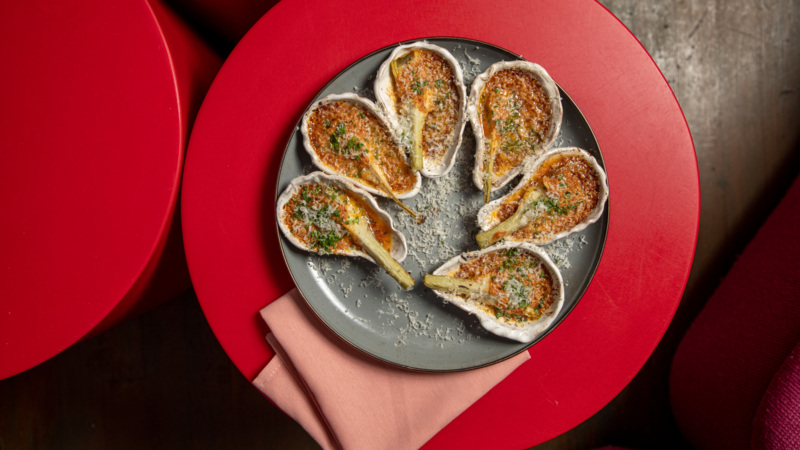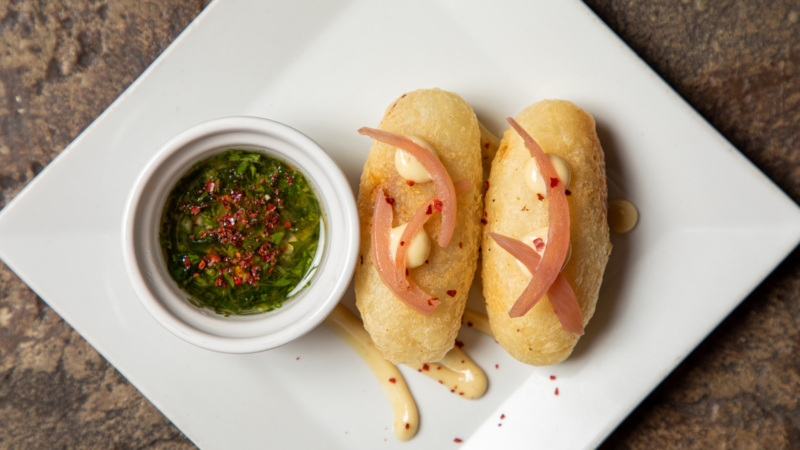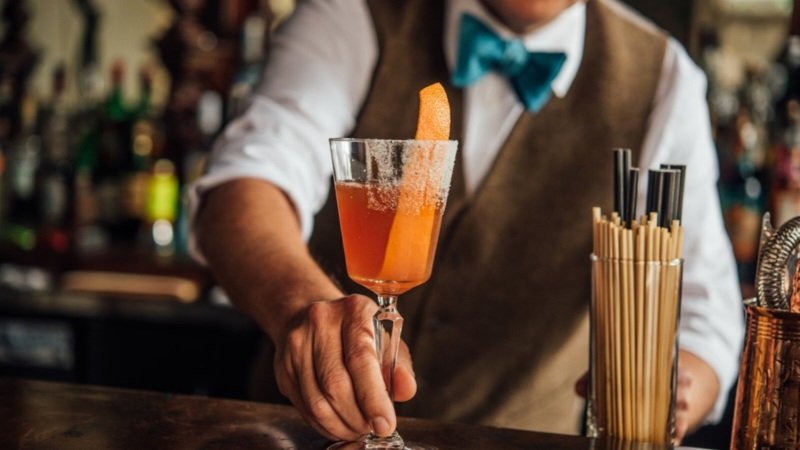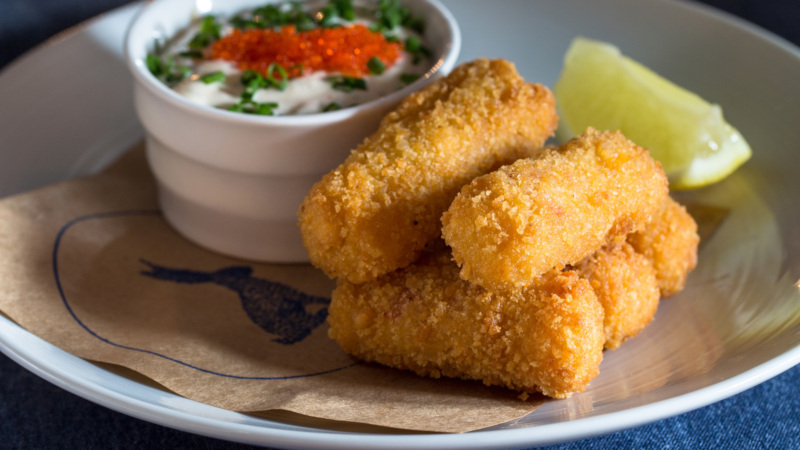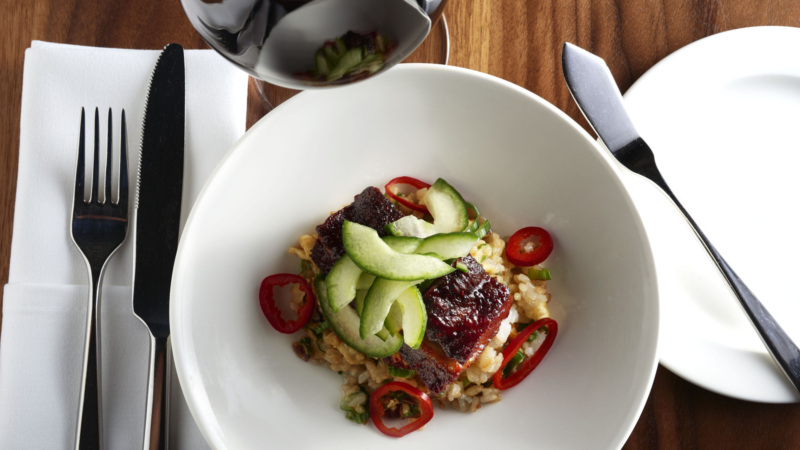
All About Mister Mao, Sophina Uong’s New Orleans ‘Tropical Roadhouse’
Mister Mao’s chef-owner Sophina Uong calls the Uptown corner spot that formerly housed Dick & Jenny’s a “tropical roadhouse.”
Yes, Mister Mao is low-key, raucous, breezy, fun, and inspired by warm-weather eating and drinking from across the globe. Still, what exactly is a tropical roadhouse?
Mister Mao defies easy description. It is the kind of place you hear about, then think — or know — you want to visit based on friends’ glowing recommendations. But you aren’t quite sure how to tackle a meal there, and Uong’s tropical roadhouse certainly warrants a proper roadmap.
This is everything you need to know about dining at this singular restaurant on Tchoupitoulas.


1. Mister Mao wants you to step outside your comfort zone.
After years of cooking regional Italian food, French brasserie cuisine, and upscale Southern, Uong had enough. “I wanted to cook for my peers,” she says. “Now I’m cooking home cooking — but served on a silver platter.”
That means homey food from a range of cuisines across the world, all anchored by big, bold flavors. As such, the restaurant leans into Mexican, Indian, and southeast Asian cooking. The menu at Mister Mao might include a starter option of sikil pak, a habanero and pumpkin seed dip served crudité-style, and shareable plates of Pakistani chicken karahi with its cumin-tomato gravy or a Khmer grapefruit and mango salad.
Always on the menu: chiles and spices, and lots of different flavors. “We had an interesting complaint that none of our food was subtle,” says Uong. We’d argue that is a commendation, not a complaint.
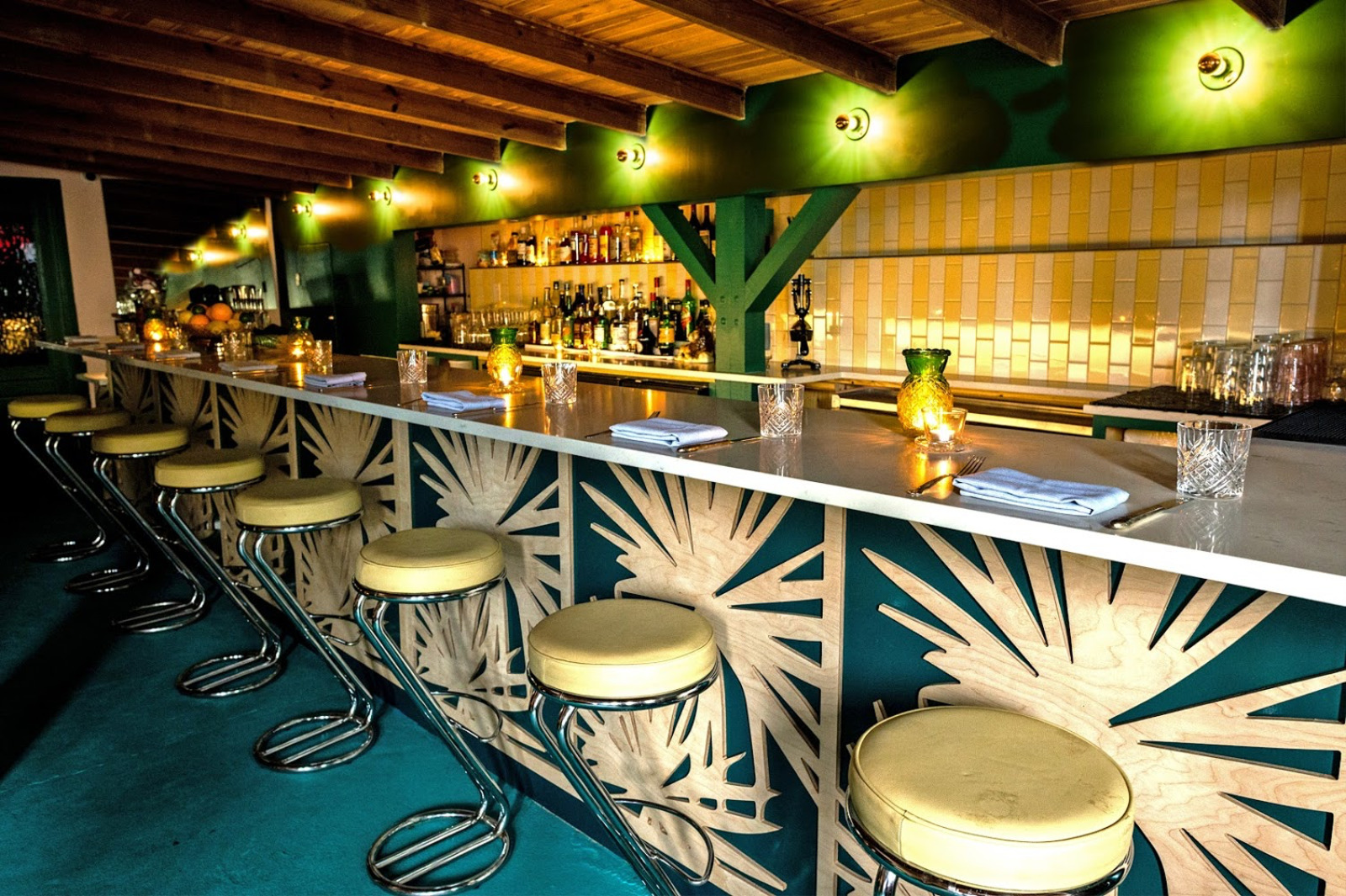
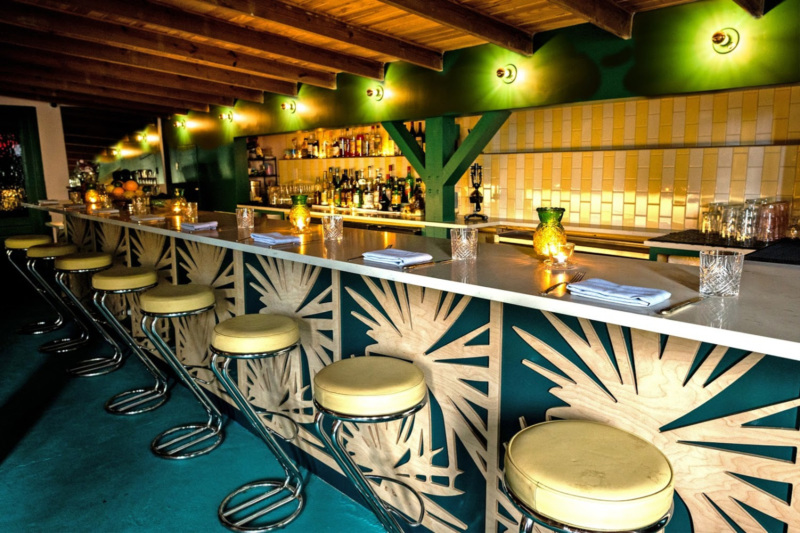
2. The design is as wide-ranging as the menu.
“I think Mister Mao’s look is ‘bougie on a budget.’” says Uong. She downplays the restaurant’s vibe: Nowhere in New Orleans looks like Mister Mao.
The main dining room features a striking two-tone paint scheme of light pink on dark teal and high ceilings. The bar area has the same paint scheme, but, thanks to its exposed wood beam ceiling, has a darker feel. Both rooms’ walls are loaded with vintage gold-framed mirrors in an array of sizes and shapes. And the dining room is anchored by a sprawling jungle mural with two tigers at its center, created by Uong’s pal Margie Tillman Ayres of Margie and the Moon.
And that silverware you’re eating with? Uong has been collecting it from thrift stores as far as back as the early aughts, when she lived in San Francisco. “People love to steal the knives I’ve collected. I used to steal honey pots, so I guess I get it.”
In the end, Uong says, the design is a culmination of her local friends’ contributions and her spending time with women and wanting to entertain. She isn’t sure what to dub Mister Mao’s aesthetic. “I don’t know what it’s called, but I know I like Pinterest,” says Uong. “And designing Mister Mao taught me something: Don’t get advice from designers who don’t like clutter.”
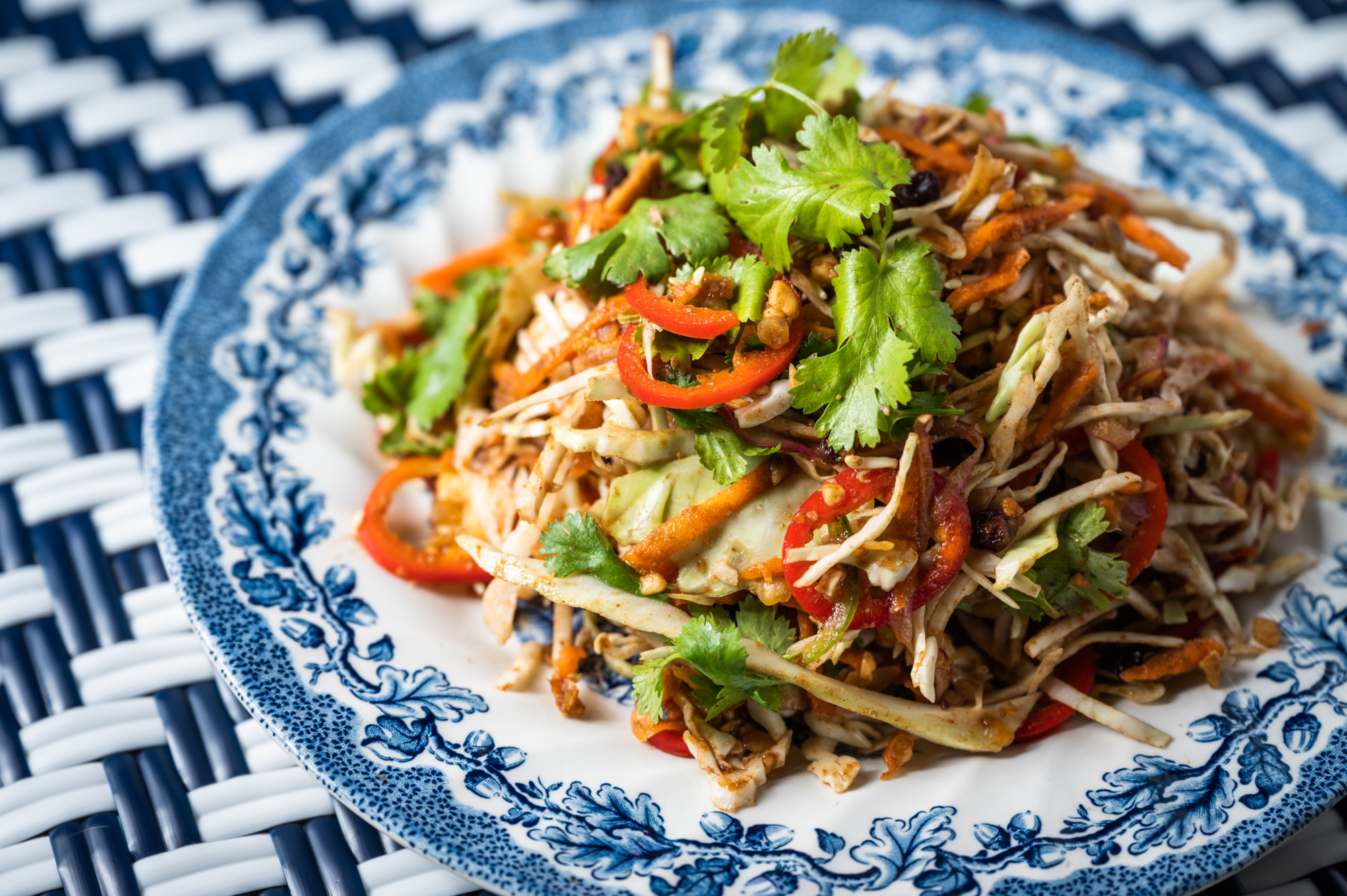
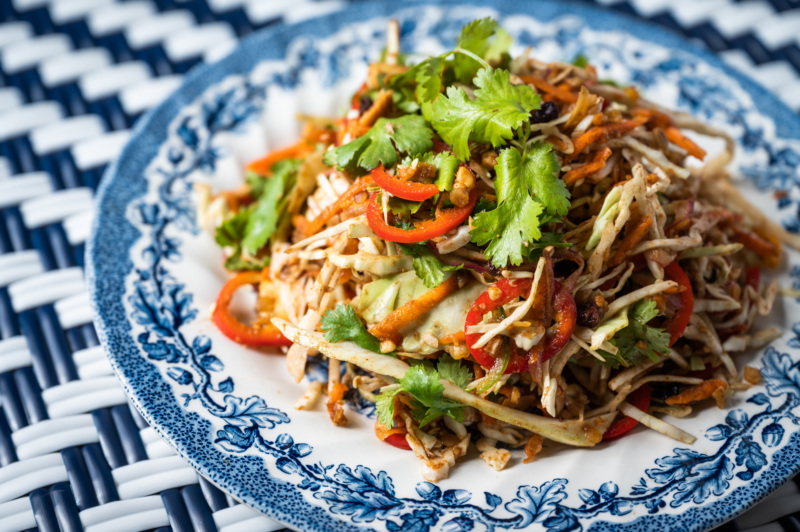
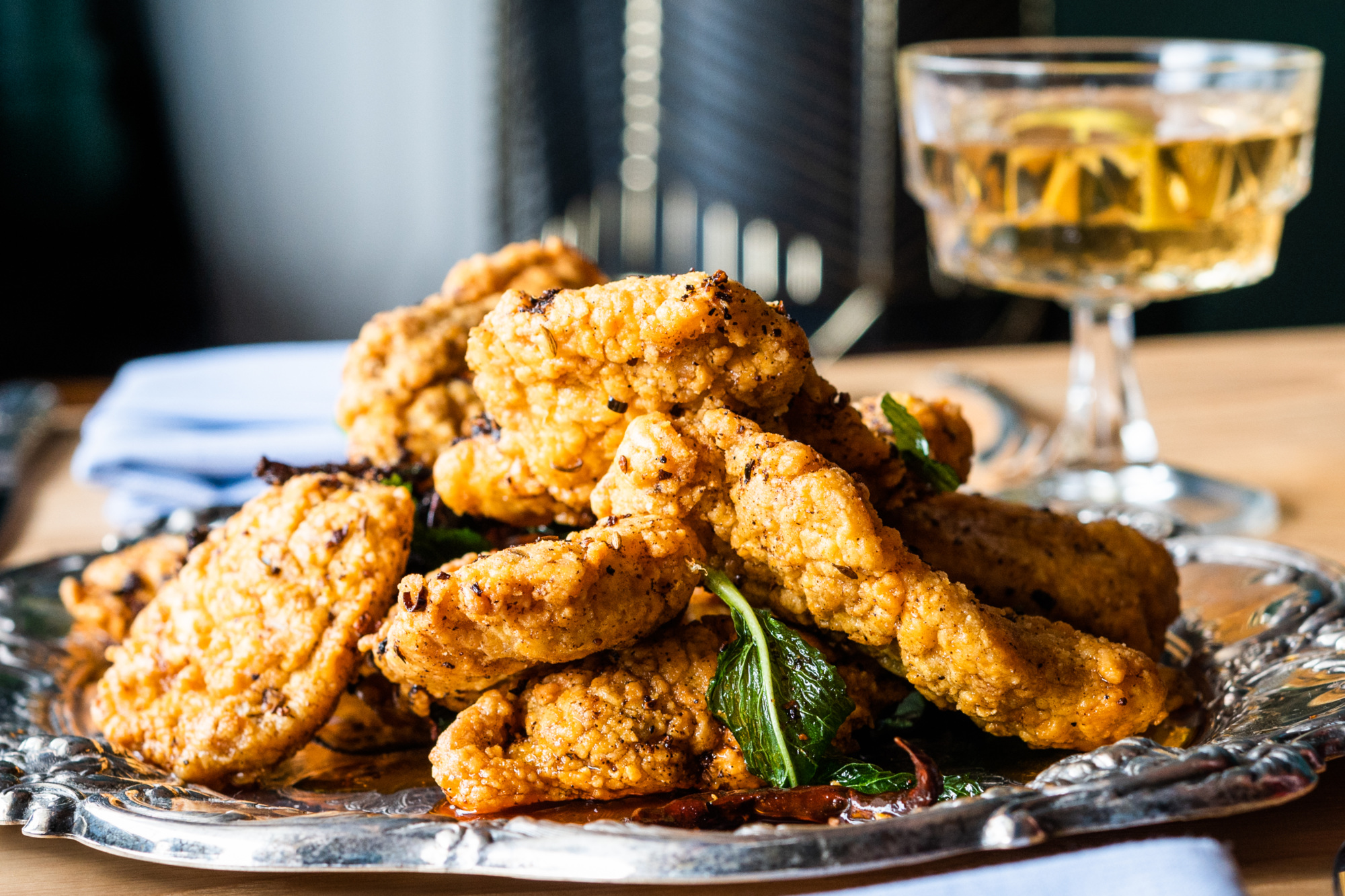
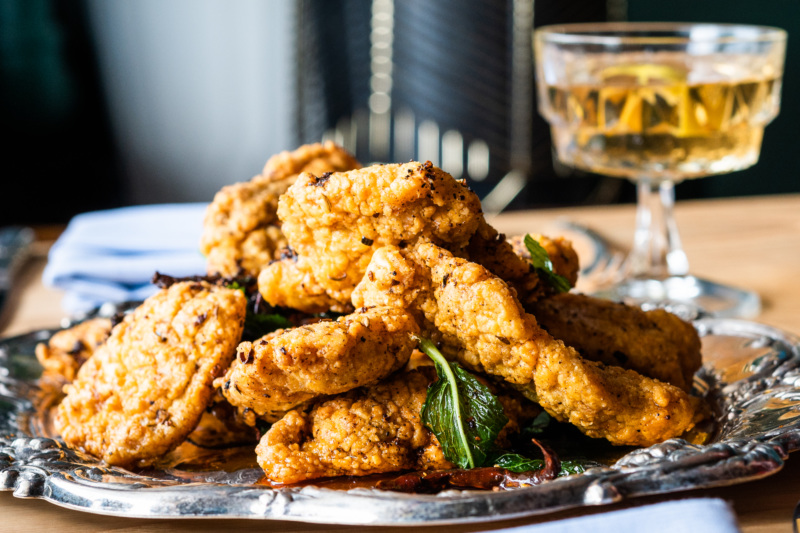
3. Sharing is caring.
The only time you shouldn’t be sharing food at Mister Mao is if you happen to be dining by yourself. “Everything on the menu is meant for the table,” says Uong.
Large parties are encouraged to order the entire menu, from, say, ginger salad with “crunchy bits & seeds” to Kashmiri fried chicken to burrata with pickled cherries and Sweet 100 tomatoes, or as Uong cheekily calls burrata, “the White Claw of cheese.”
And for a couple dining at Mister Mao? “We encourage two-tops to get five items or so: a drinking snack and two small plates and a larger plate.” Plus, dessert, of course.
4. Don’t ignore the chefs’ counter.
Mister Mao has an open kitchen, and Uong (half) jokes that control is the reason. “I’ve always been more comfortable with an open kitchen. Because I can scan the room — and keep an eye on things,” she says with a laugh.
The restaurant’s open kitchen is a boon for diners too. Because the six-seat chef’s counter runs the length of the open kitchen, that is where the knowing diner should post up. Uong is quick to note that Mister Mao’s counter isn’t a true chef’s counter because a meal there isn’t served in courses. Instead, to make guests there feel special, “we do serve lots of lagniappes.”
Plus, all gratuities from dining at the counter go directly to the kitchen. “The counter is a great place for single diners,” says Uong. “It’s a seating area well-known as the place to dine by people in the industry. It’s not known by the average diner and it should be.”
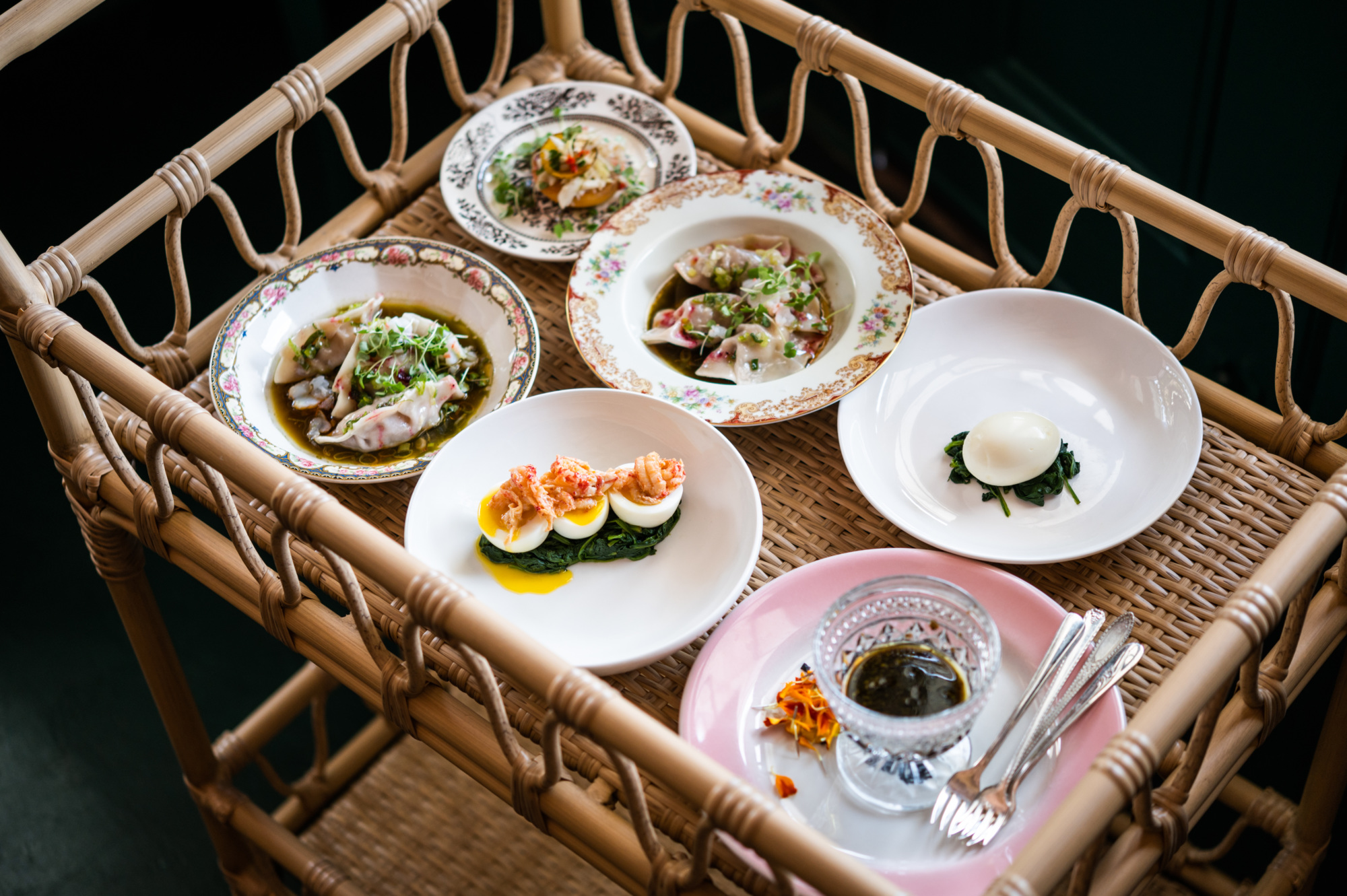
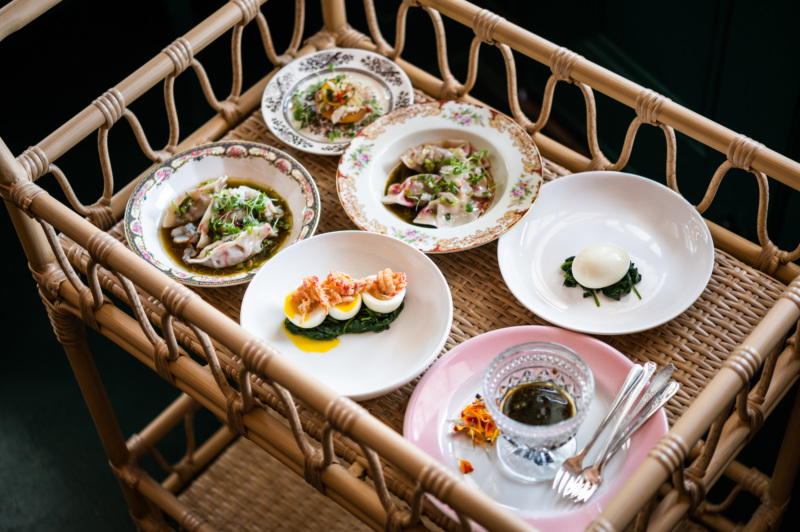
5. Mister Mao is serious about giving back and taking in.
It would be its own kind of feat to track all the ways Uong and her team support the local community. They use Glass Half Full to recycle the restaurant’s glass. They compost with Schmelly’s. They recycle oyster shells with Chef’s Brigade. They sit on the Mino Foundation cohort for racial equity. They regularly host events for Good Trouble Network, the New Orleans coalition of hospitality workers supporting local social justice and human rights organizations. “We support good things,” says Uong, putting it mildly.
Uong also took a staffing shortage and flipped it on its head, implementing a roving pastry chefs program at Mister Mao. Recent featured pastry chefs have been Kaitlyn Guerin of Lagniappe Baking and Ely Navarro Hernandez of Only Flans.
“Ultimately,” says Uong, “we want Mister Mao as a community space. If there’s someone who wants to have their pop-up here, great. We wanna support our other local chefs — the little guys, not just the big guys. We’re a roadhouse where you meet people and hustle.”


Discover More
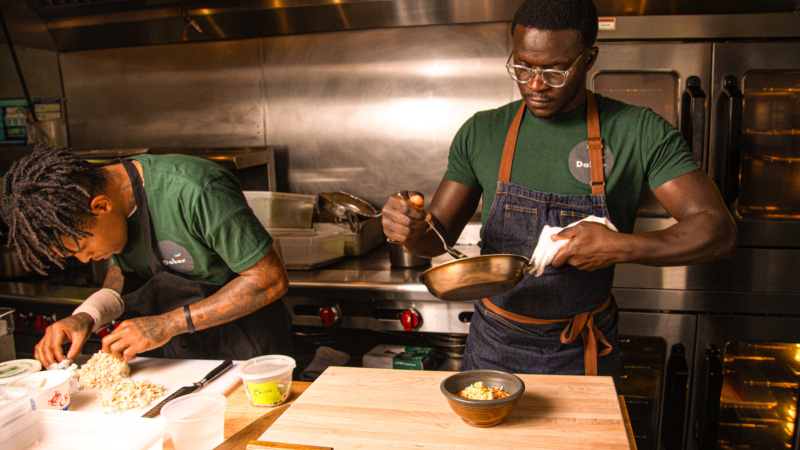
Stephen Satterfield's Corner Table










